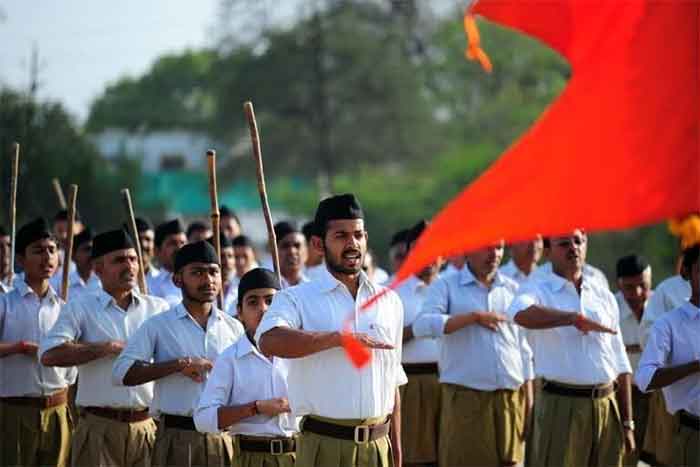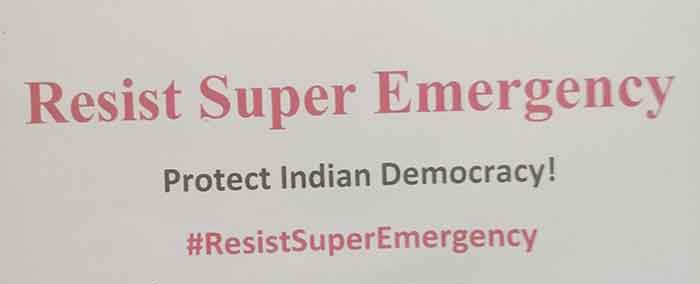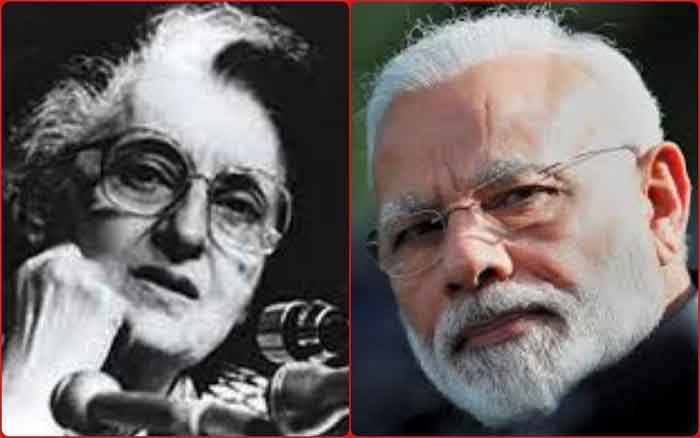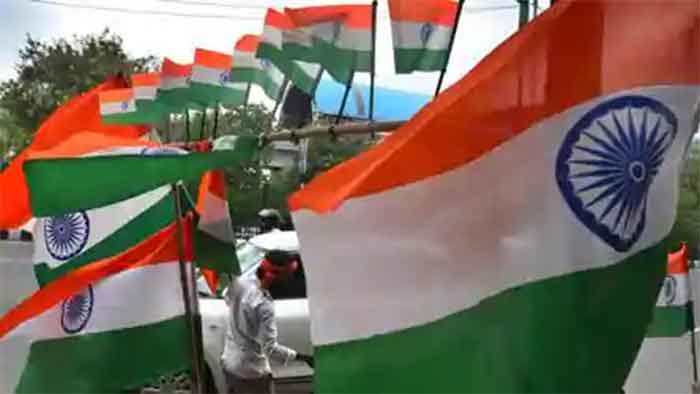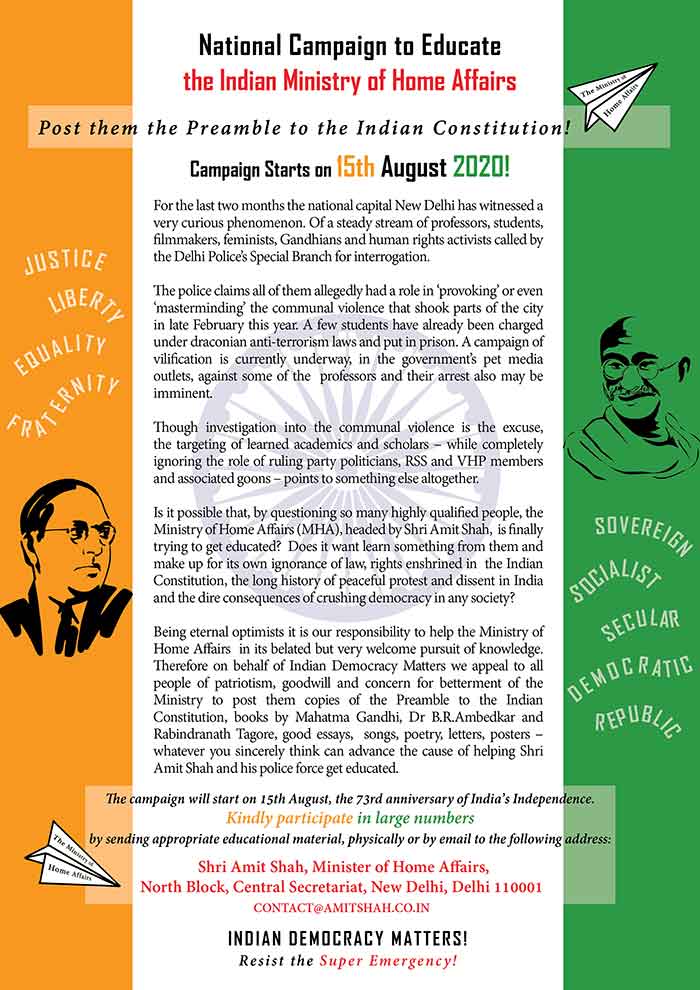
It has been 45 years since the day when entire India was stunned due to a sudden declaration of emergency by the third prime minister of the country. On June 25, 1975, independent India witnessed the start of its darkest chapters. “The President has proclaimed Emergency. There is nothing to panic about.” were the words of Indira Gandhi when she announced the news from the All India Radio. The emergency, which continued for 21 months, was imposed to curb the internal tensions arising within the country.
A slow growth rate of the economy and the increasing unemployment rates stirred a sense of discontentment among the masses. The output of food grains was also delayed due to monsoons in 1972-73. Owing to these reasons, some students of Gujarat went on the streets to protest against the increasing prices of food grains and the corruption of the Gujarat government. A similar movement in Bihar led by Jayaprakash Narayan (JP) took the protest to a national level. The protestors demanded PM Indira Gandhi’s resignation, which concerned the central government.
Breaking Point
In 1971, Smt Indira Gandhi won the parliamentary election in Rai Bareli against Raj Narain. The latter filed a case in the Allahabad High Court citing the use of electoral malpractices by the former. The court found Smt Gandhi guilty in June 1975 but gave the Congress 20 days to find the PM’s replacement. Leveraging the time, Smt Gandhi appealed to the Supreme court and utilized the partial stay granted by the court to declare emergency.
Externalities to the mass protests
Dr Dharamveer Gandhi, an activist during the time of emergency, highlights that the international and national situation during the time when the emergency was declared was very encouraging for the social activists to contribute towards their society. The Vietnam war was at its peak, American hegemony was declining in the entire Indo-China region, and there was a strong student agitation in France. These events diffused a sense of confidence in the masses to fight the authorities on facing dissatisfaction on various grounds. In India, too, there was a period of all-India railway strike and period of Naxal movement which stirred the masses and mobilized a large number of people to fight for their rights.
Dr Gandhi cites the medical college of Amritsar as the epicentre of the anti-emergency movement in Punjab. Although the movement was labelled as the ‘student struggle’, it was not only the students who participated in this movement but also the teachers, the staff and workers who strongly opposed the sudden and unwanted declaration of emergency. The movement was such that the city’s Deputy Commissioner, the collector, wondered what happened had to the doctor-students who belonged to the high strata of the society getting involved in protests.
Struggles the students faced
The students protesting against the government had to face huge hardships at the time of the emergency. The hostel in which Dr Gandhi was protesting was raided by 500 policemen who did not allow any student to move in and out of the building. The police even arrested the most vocal leaders in the movement without showing any arrest warrants. The leaders were asked to withdraw their movement, but this could not shake their strong will. They continued their agitation quoting ‘our freedom is earned after numerous sacrifices during the independence struggle, and we can’t let it go so easily.’ Regardless of their will, the protestors were forced to withdraw from their movement, often by violent means. The students, who were sent to prison, had to fight cases in the court demanding the restoration of their fundamental rights. Moreover, these cases took a long time to settle because multiple similar cases, mostly of students and local leaders, were still pending before the court. Even after the students were released and the emergency ended, many students still continued to fight for their rights in various places. They believed that social interest comes prior to individual interests.
Relating Social Action with Science
Professions and science are social products, not individual products. People like Galileo, Newton and Copernicus did not work for personal profits but for their passion for science which helped in the betterment of the society at large. The stock of knowledge that we have today is because of the thousands of years of research and sleepless nights put in by our ancestors. Nothing just came into existence as we see it today. It was our forefathers who fought for every privilege and luxury that we enjoy today. Similarly, we need to stand up against every injustice or violation of rights that we face today because the fruits of our movements do not only benefit us or our children but also all our coming generations.
Subham Gupta is a student of IIM Ahmedabad
SIGN UP FOR COUNTERCURRENTS DAILY NEWSLETTER

